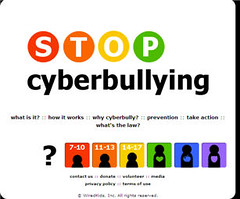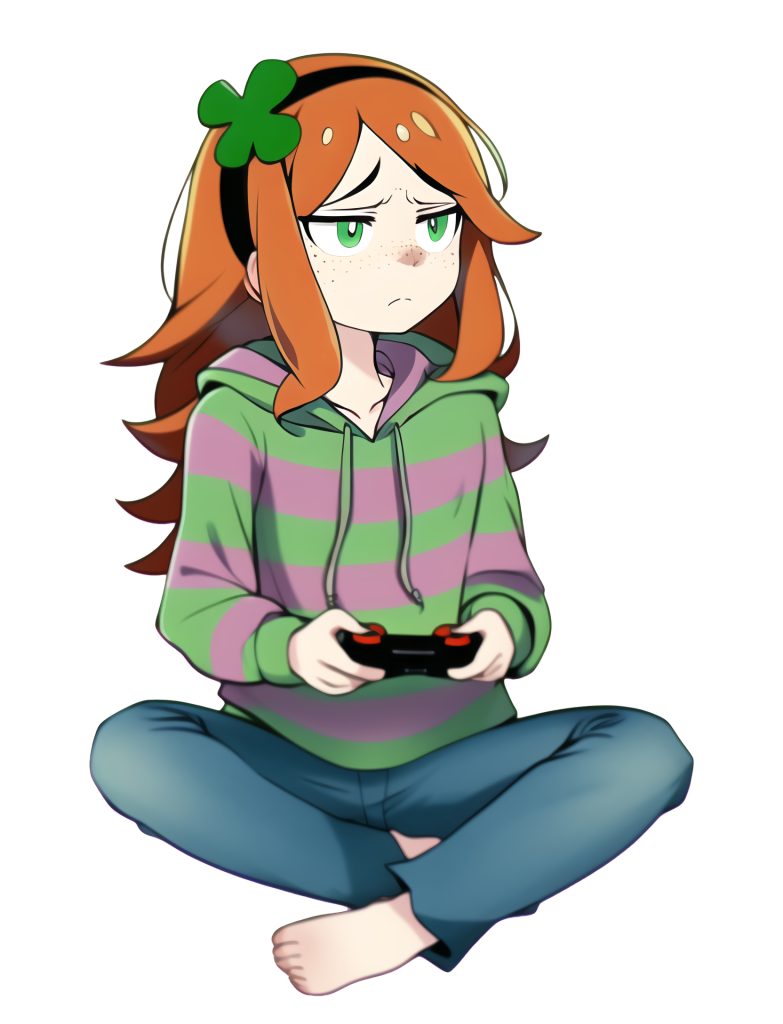Abstract:Cyberbullying refers to the behaviour of an individual or a group of individuals who use electronic devices such as mobile phones, computers, tablets, etc., to maliciously attack, harass, threaten, humiliate or malign another person by means of various forms of electronic communication, such as words, texts, images and videos, in the environment of the Internet and digital communication technologies.
#BlinksCyberBullying trends on Twitter as K-pop fans call out the toxic fans for constant cyber bullying and doxxing.
‘K-pop’ has millions of admirers all around the world. The level of commitment shown by these K-pop supporters is incredible and beyond amazing. However, K-pop fans have a reputation for going too far and being toxic. They are noted for their hostility and obvious toxicity towards rival groups by means of severe cyber bullying, even in form of ‘doxxing’ (publishing private information about a particular individual on the internet, typically with malicious intent).BLINKS, which is the fandom name of popular K-pop girl group BLACKPINK, are known to be one of the most dedicated fandoms in the K-pop industry. However, this fandom has also been highlighted for having a huge number of venomous fans, who have gone beyond limits many times and cyber bullied many K-pop artists and their fans. They are infamous for sending death threats to anybody who criticises their favourite band.Recently, TWICE member Dahyun was terrorized by toxic BLINKS and Lisa solo fans for allegedly disrespecting Lisa. While Dahyun was hosting a live broadcast on the fan-community platform Bubble, she accidentally skipped BLACKPINK Lisa’s solo ‘Lalisa’. She even vibed to the song for a bit before skipping and explaining that it was an ad as she doesn’t have YouTube Premium. ONCES aka TWICE fans quickly jumped to the idol’s defense and sent her supportive messages on social media. In the meantime, some BLINKS doxxed the admin of the twitter handle ‘twice_trans’ and leaked his personal photos and other information on several platforms, leading to deterioration of his mental health condition and fainting. Currently he is unconscious and admitted to the nearby hospital by his relatives.

“stop cyberbullying” by FunnyBiz is licensed under CC BY-SA 2.0.
Gamergate: A Scandal Erupts in the Video-Game Community
At this year’s Game Developers Choice Awards, the closest the video-game industry has to an Oscars ceremony, Anita Sarkeesian received the Ambassador Award, a prize that honors individuals who help the industry “advance to a better place” through advocacy or action. Sarkeesian, a Canadian-American feminist and media critic, won the award for creating a series of videos titled Tropes vs. Women in Video Games, which discuss and challenge sexism and misogyny in gaming. “My … project was born out of a desire to … take gaming seriously,” she said in her acceptance speech, adding that game developers can “portray women as capable, complex, and inspirational.”
Earlier, the award ceremony’s organizers had received an anonymous e-mail that stated, “A bomb will be detonated at the Game Developers Choice award ceremony tonight unless Anita Sarkeesian’s Ambassador Award is revoked. We estimate the bomb will kill at least a dozen people and injure dozens more. It would be in your best interest to accept our simple request. This is not a joke. You have been warned.” The message was just one example of the many threats that Sarkeesian had received since launching her video series. In 2012, the Times reported that Sarkeesian had been sent images showing video-game characters raping her. Her Wikipedia entry was repeatedly vandalized. One man created a Web game called “Beat Up Anita Sarkeesian,” in which players could punch Sarkeesian’s image and watch her face become bruised. The violent threats have continued unabated; Sarkeesian fled her home in August after a Twitter user posted her address and threatened to kill her.
The most recent incident occurred on Tuesday, when the director of Utah State University’s Center for Women and Gender received an e-mail proposing “the deadliest school shooting in American history” if Sarkeesian’s upcoming speaking engagement at the school was not cancelled. The e-mail, which was published online by the Standard-Examiner, read, “I have at my disposal a semi-automatic rifle, multiple pistols, and a collection of pipe bombs…. Anita Sarkeesian is everything wrong with the feminist woman, and she is going to die screaming like the craven little whore that she is if you let her come to USU.” Sarkeesian cancelled her talk after the campus police, citing Utah’s gun laws, refused to prohibit attendees from carrying concealed weapons to the event. The e-mail is being considered as part of an ongoing F.B.I. investigation into threats against Sarkeesian.
These death threats are clearly the work of troubled minds. More mundane and more prevalent are the tens of thousands of messages that Sarkeesian has received that attempt to debunk her work and force her to silence. Speaking to Mother Jones in May, Sarkeesian said, “The gaming industry has been male-dominated ever since its inception, but over the last several years there has been an increase in women’s voices challenging the sexist status quo. We are witnessing a very slow and painful cultural shift. Some male gamers with a deep sense of entitlement are terrified of change.”
Video games have, in recent years, begun to expand beyond the traditional themes of sports, racing, and warfare. The Cat and the Coup, for example, allows players to experience the life of the pet cat of Dr. Mohammad Mossadegh, the first democratically elected Prime Minister of Iran. “Coolest Girl in School” challenges its players to get through the day with a period stain on their skirts. This new subject matter has allowed critics, who have traditionally judged video games based on their entertainment value, to broaden the lenses through which they approach a work.
But there are those who wish to close down these new lines of conversation and creativity, whether by campaigning for the removal of a relatively obscure piece of interactive fiction about depression, or by silencing critics like Sarkeesian who critique games through a feminist lens. Now the fear of change that Sarkeesian has identified (which is ultimately a fear that one’s power or position will be compromised) has coalesced into a movement of sorts. Some of its participants have clustered around the banner #gamergate, a cringe-inducing Twitter hashtag popularized by the actor Adam Baldwin. Baldwin, seeking to point out an example of unethical journalism, linked on Twitter to a video claiming that a video-game writer had promoted work by the independent game-maker Zoe Quinn while the two were in a relationship. (This claim that has since been proved false.)

“Vivian James” by 虫塚虫蔵 is licensed under CC BY-SA 4.0.
Child cyberbullying at ‘concerning levels’, Australia’s eSafety commissioner says
Monday marks one year since the Online Safety Act handed the eSafety commission new powers to address cyberbullying of children. The act reduced by half the amount of time online platforms are given to respond to eSafety removal notices, down to 24 hours, as well as giving the commission new powers to require individual users to take certain actions.
The eSafety commission’s website says it can use an end-user notice to require the person posting cyberbullying material to remove it within a specific timeframe, to stop further bullying, or apologise to their victim. Failing to comply with an end-user notice can lead to court injunctions or civil penalties.
Sign up for Guardian Australia’s free morning and afternoon email newsletters for your daily news roundup
Julie Inman Grant, the eSafety commissioner, said that in the 12 months since the Online Safety Act changes, investigators in her agency had probed more than 1,680 cyberbullying complaints, and made more than 500 informal requests for online platforms to remove content.
“We are seeing the tenor and tone of this youth-driven cyberbullying content escalating to concerning levels,” she said.
Inman Grant said bullying complaints had continued a “post-pandemic surge” in the past 12 months, increasing by 69% compared to the previous year.
Child safety and education experts theorise that the effects of the pandemic, including children studying remotely via electronic devices, meant young people were using social media more often to keep in touch with peers, in turn leading to higher incidences of cyberbullying.
The eSafety commission would not say specifically which platforms had been used for bullying content, or how many investigations related to each platform, but it’s understood complaints related to all major social media companies including Facebook, Twitter, Instagram, Snapchat and TikTok.
Most complaints related to children bullying other children, but a small number were adults bullying children.
Inman Grant also said the eSafety commission had issued its




Be the first to comment on "CyberBullying"